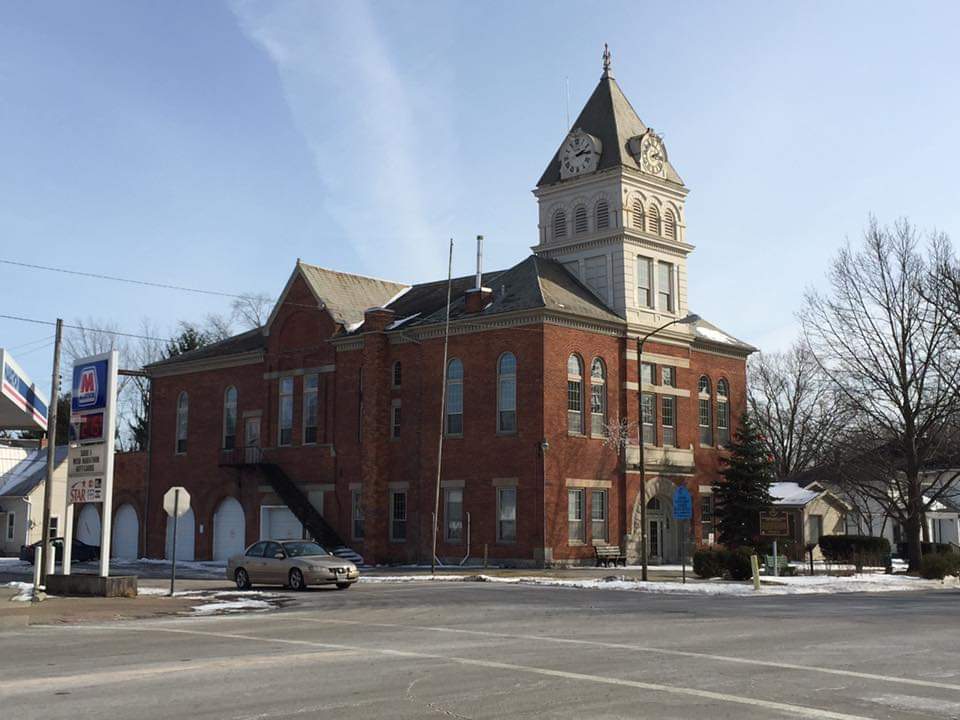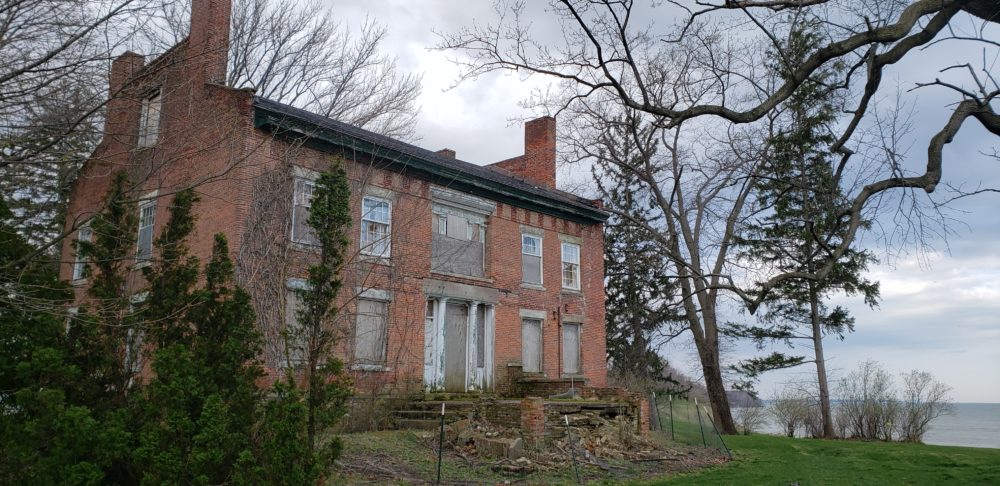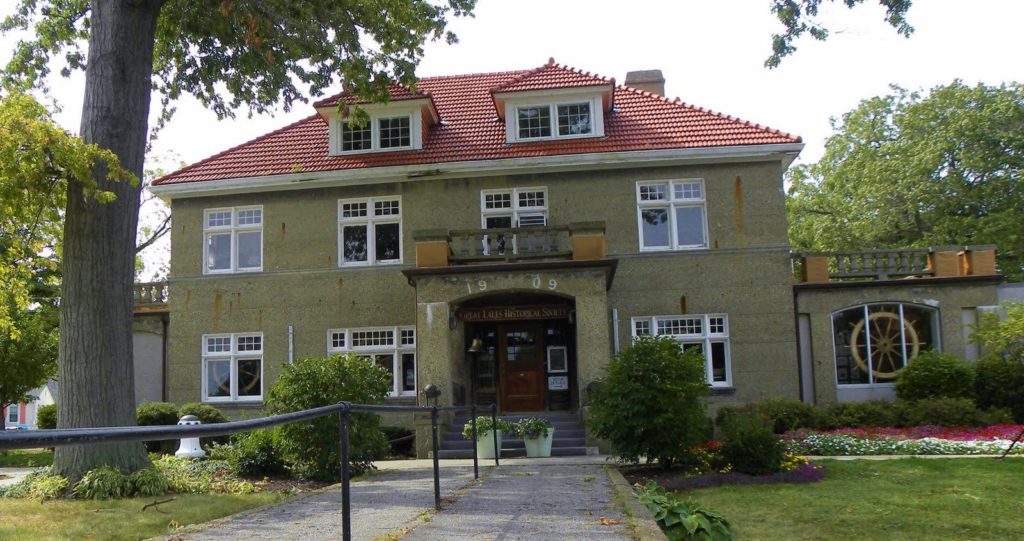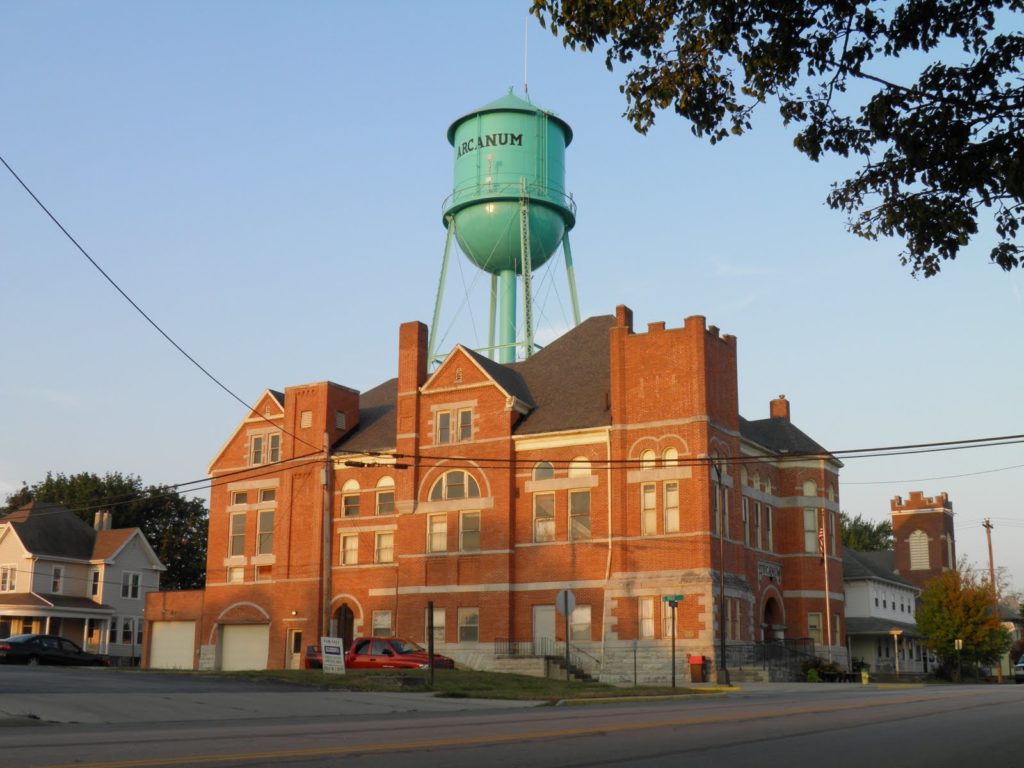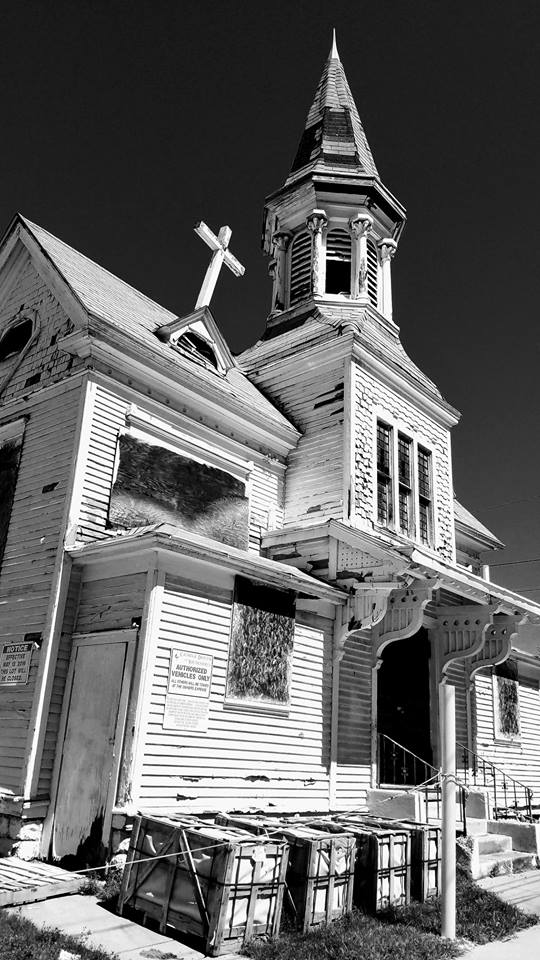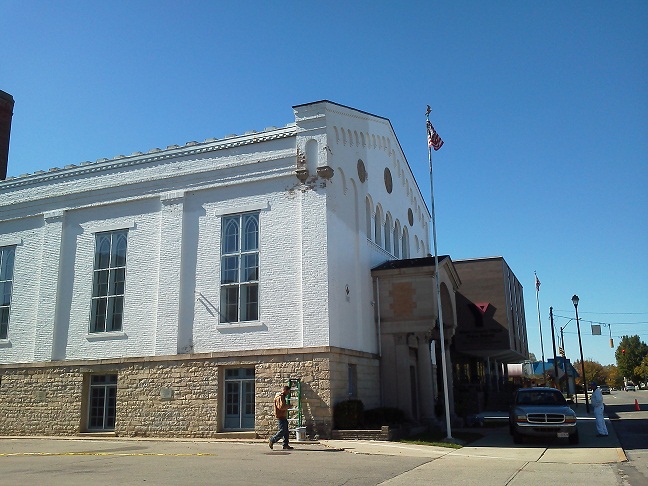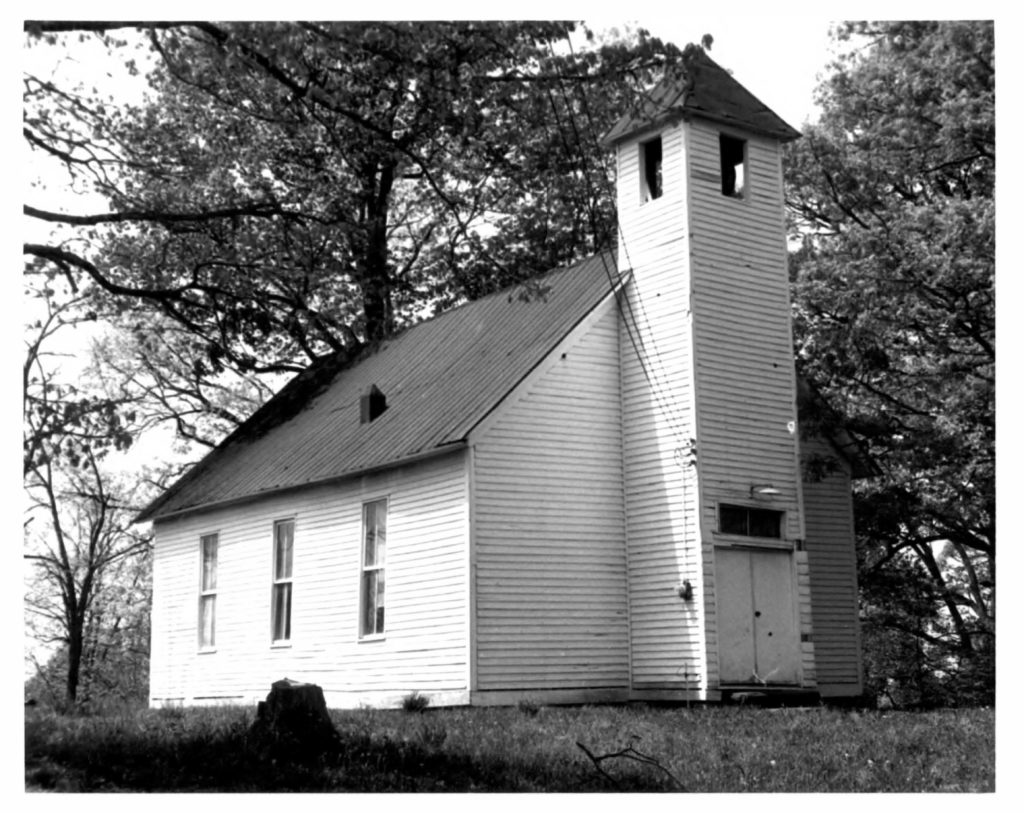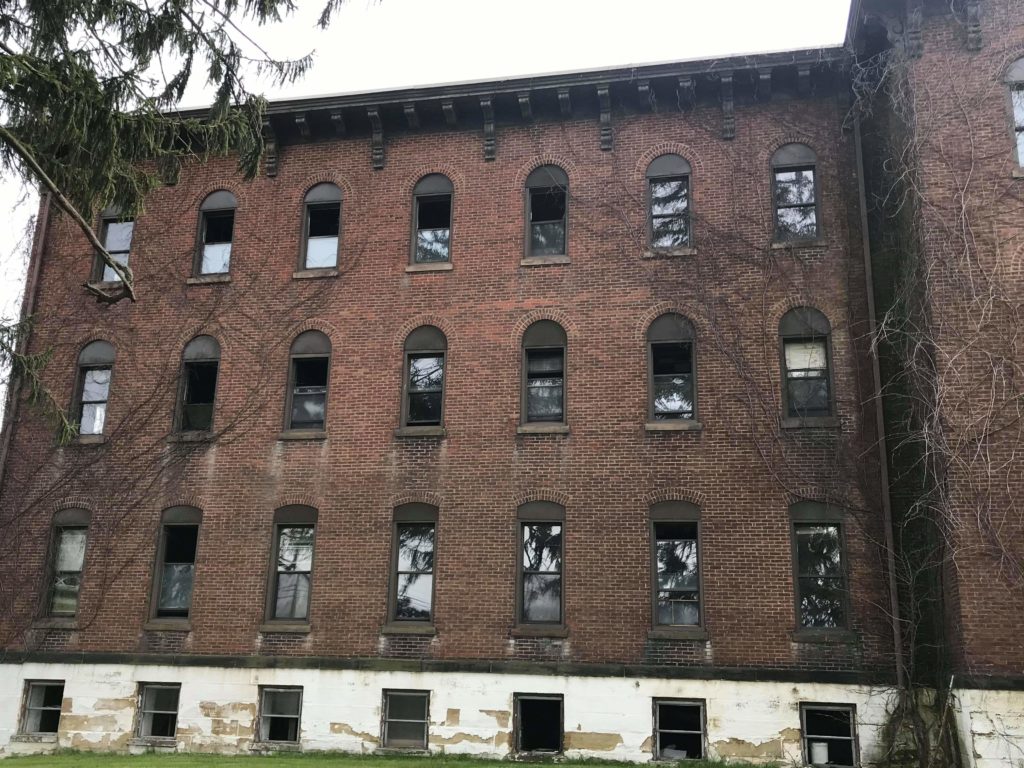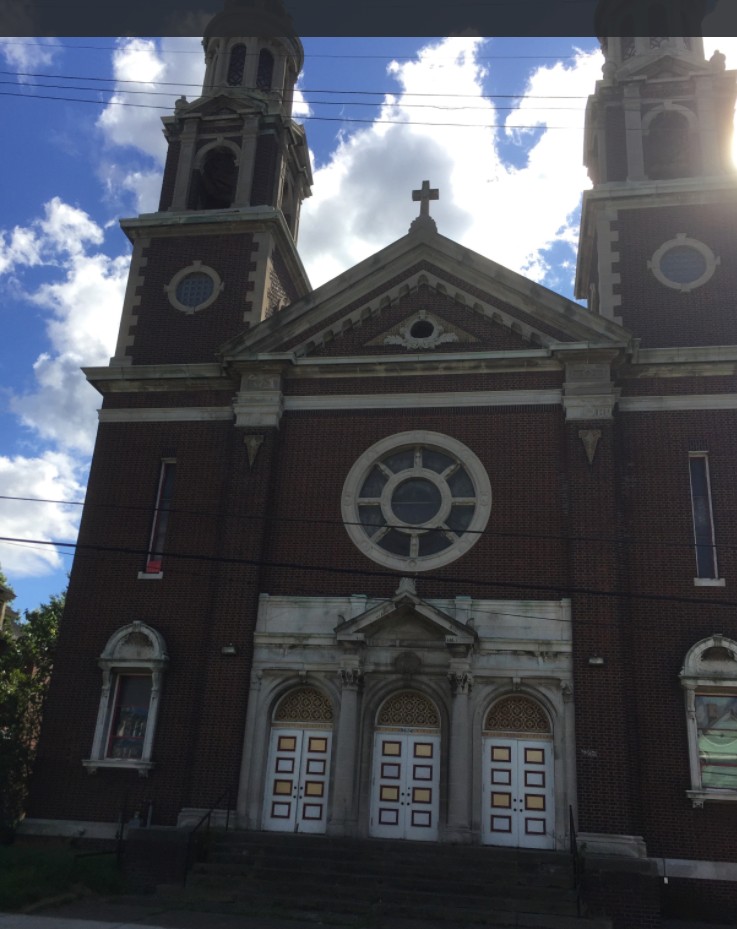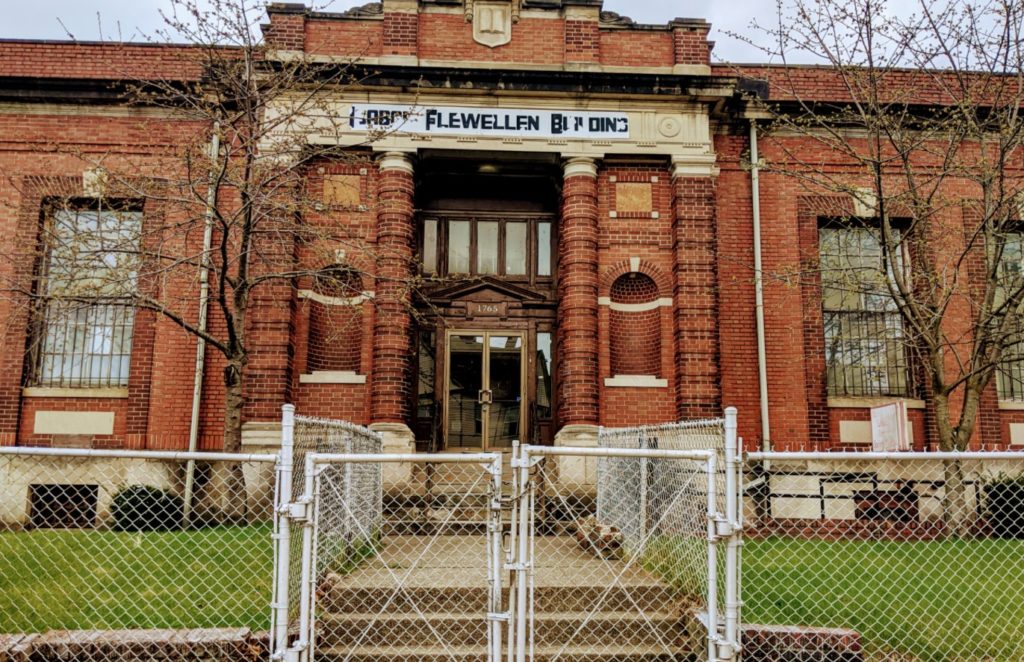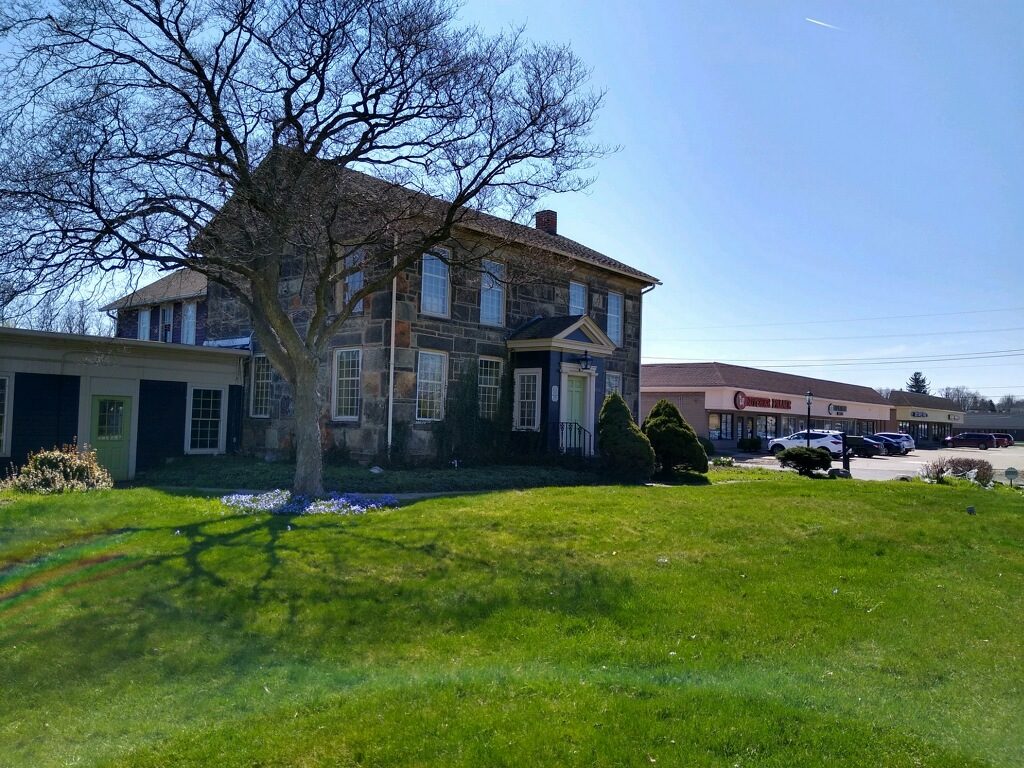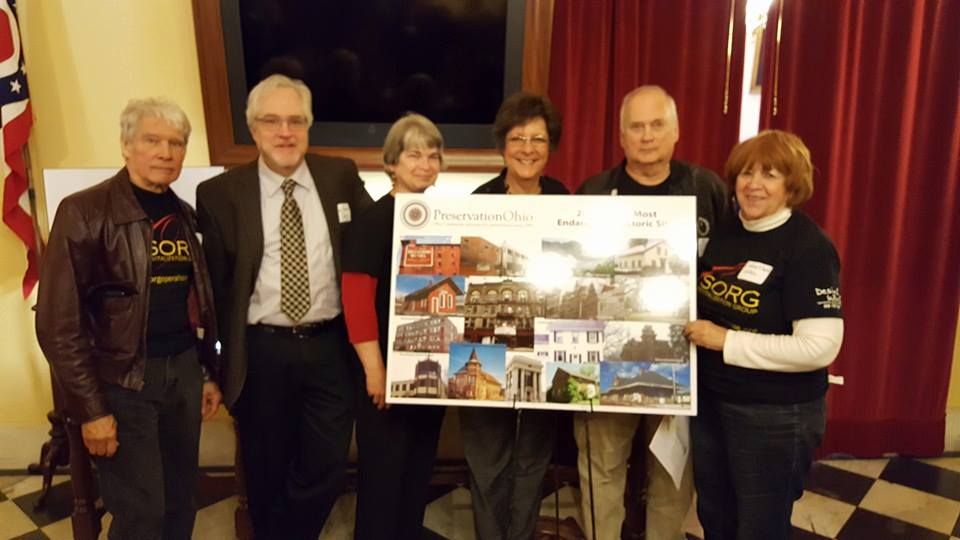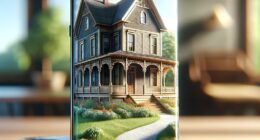Ohio’s Most Endangered Historic Sites for 2020
Columbus, OH (May 28, 2020) – Preservation Ohio, the state’s oldest statewide historic preservation organization, has announced its official List of Ohio’s Most Endangered Historic Sites for 2020.
This year, Preservation Ohio received more nominations for this important list than ever before, which confirms both that much of our state’s historic properties remain at risk and that interest in preservation is growing across the state of Ohio. Ohio’s Most Endangered Historic Sites is unique in that it highlights historic buildings and sites submitted from local citizens and advocates, each hoping to bring attention and to identify ways to give important historic properties a future. Out of the many properties nominated this year, Preservation Ohio’s board was tasked with choosing the most at risk. Ten properties representing all areas of Ohio are included in this year’s edition.
Preservation Ohio accepts nominations from any citizen or organization. Over the 27 years of the program, being named to the list has contributed to saving examples of Ohio’s architectural, cultural and natural heritage. Circumstances that contribute to the endangered status and result in sites being named to the list typically include one or more of the following factors: demolition threat, abandonment, neglectful owner, deterioration, obsolete use, lack of funding for repairs, location or development.
—————————————————
Richwood Opera House, Richwood (Union County)
This 4,650 square foot, 2 floor building (with basement) sits on a 0.2 acre lot, and is owned by the Village of Richwood. It sits on a prominent location in the village and also holds a grand vantage point from its clock tower. With significant roof deterioration this structure is in imminent danger of being lost.
Parmly Mansion, Perry Township (Lake County)
Built in 1834 by dentist Jehiel “Hiel” Parmly, on the shores of Lake Erie in Perry Township Park, this brick Federal style mansion boasts picturesque views of the water. Sitting empty for 7 years after the land was acquired by the township, the structure has fallen fate to the ever changing weather of Lake Erie.
Harbor View Mansion, Vermilon (Lorain County)
A Vermiion Photojournal article from 1973 said, “In reviewing the many fine old stately homes that grace the quiet, tree-lined streets of Harbourtown, all paths eventually lead to the foot of Main Street. Here, located atop a gently rolling lawn stands the original home of F.W. Wakefield, a landmark now a part of what is known as The Great Lakes Historical Museum.” The city fathers are in favor of razing the entire complex to make way for greenspace and patio areas which would include informational plaques about the Great Lakes region.
Arcanum Opera House, Arcanum (Darke County)
Built in 1889, as an Opera House and county offices, the structure was in constant use until 2019 when the city opted to relocate their offices to a more modern structure. Though a few offices still remain on the floor, the upper floors have been “abandoned.” With the city’s focus turned elsewhere, this once essential building has become a victim to the passing of time.
Welsh Congregational Church, Youngstown (Mahoning
Warren Lodge #24, Piqua (Miami County)
Constructed in 1848 as a Baptist church, this building stands as part of the historical fabric of downtown Piqua. Current membership of the Masonic lodge cannot fund the needed restoration at this time and the deterioration is continuing.
Macedonia Church, Macedonia (Lawrence
The Macedonia Church is a one-story wood frame building of approximately 20 feet by 30 feet. Centered on the front facade is a two story bell tower. Rectangular windows, three on each side, once graced the building. The interior features wooden box pews and a pressed tin ceiling. The church sits atop Macedonia Ridge north of Burlington, Ohio, an abolitionist sanctuary since 1799. Macedonia was “mother church” to several congregations in Ohio, and following Emancipation also in Kentucky and West Virginia. The church is in a declining state of disrepair having sat empty for the last 30 years.
Belmont County Home and Infirmary, St. Clairsville (Belmont County)
Nativity Church and School, Cleveland (Cuyahoga County)
For almost a century, the church was the center of spiritual and cultural life for a large part of Cleveland’s Slovak community. The first church was constructed on the site in 1903, but replaced by a new building in 1926. The parochial school was constructed in 1913. It remains of significance to the local Slovak community, which has maintained an extensive website in its memory. Since its final closure in 1992, the buildings have fallen into a bad state of decay and without any involvement or aid, these important symbols of this community will be lost.
African American Museum, Cleveland (Cuyahoga County)
Formally an original Carnegie Library (the Hough branch of the Cleveland Public Library system) operating from 1907 to 1984. It stands as a good example of neoclassical architecture and the influence Andrew Carnegie had in early 20th century America. The building then housed the life collection of Icabod Flewellen, a prominent local African American, but due to the aging building the museum was forced to close in 2016 and has remained closed ever since.
Daniel Sawyer House, Mentor (Lake County)
Designated as a “Heritage Home,” by the Lake County Historical Society, it is a unique structure built of large cut stone in the Federal style. It has been encapsulated by retail development. The building has been re-purposed in various capacities, including a restaurant, however has been vacant for several years and there are no plans to re-purpose. Apparently some considerations were made to acquire and preserve the house by various entities, including the Lake County Historical Society, however no funding has been available.
